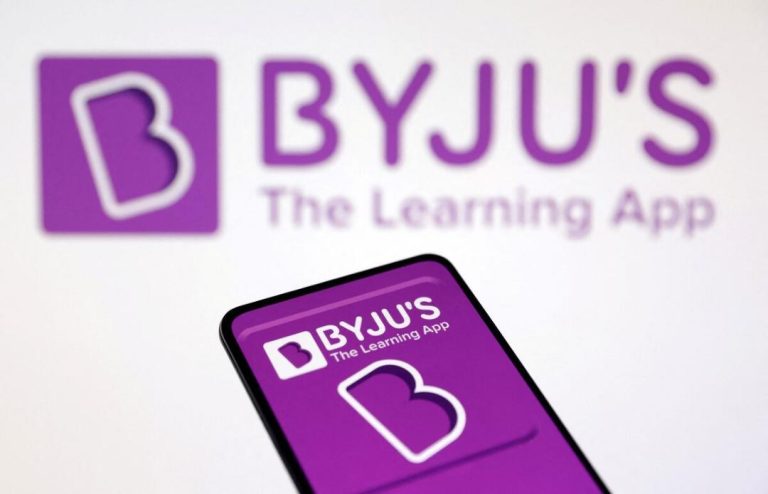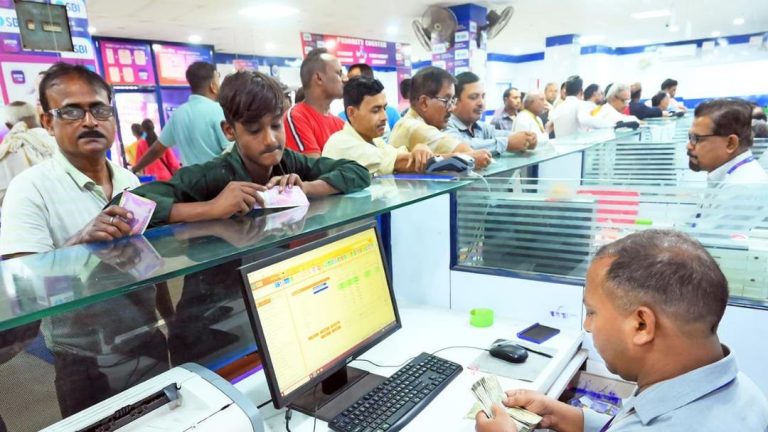
Insta Grabs Attention Fast; FB Builds Lasting Community & Loyalty
When it comes to social media marketing, two platforms stand out from the rest: Instagram and Facebook. Both have their unique strengths and weaknesses, making them ideal for different marketing strategies. While Instagram is perfect for grabbing attention quickly, Facebook is better suited for building lasting community and loyalty. In this post, we’ll explore the differences between the two platforms and how businesses can leverage them to achieve their marketing goals.
The Fleeting Nature of Instagram
Instagram is all about instant gratification. Its algorithm is designed to show users a constant stream of content, with each post competing for their attention. This fast-paced environment makes Instagram perfect for grabbing attention quickly. Whether it’s a visually stunning image, a catchy video, or a compelling story, Instagram’s users are constantly looking for new and exciting content to consume.
However, this fleeting nature of Instagram also means that attention spans are short-lived. Users scroll through their feeds quickly, often barely taking a second to look at each post before moving on to the next. This makes it challenging for brands to build lasting connections with their audience.
The Power of Facebook’s Community
Facebook, on the other hand, is all about building relationships. Its algorithm prioritizes posts that spark conversations, foster dialogue, and encourage engagement. Facebook’s users are more likely to spend time reading and responding to comments, sharing posts, and liking content. This creates a sense of community and belonging, making Facebook an ideal platform for building lasting connections.
Facebook’s strength lies in its ability to encourage users to linger on a post, reading comments and engaging with others. This not only increases engagement but also extends the shelf life of a post, keeping it visible in users’ newsfeeds for longer periods.
The Importance of Both Platforms
So, how can businesses build both brand recall and loyalty using Instagram and Facebook? The key is to understand the strengths of each platform and use them accordingly.
For Instagram, focus on creating visually stunning content that grabs attention quickly. Use the platform’s features, such as Stories and Reels, to create engaging and interactive content. Utilize Instagram’s shopping features, like product tags and checkout, to drive sales and conversions.
For Facebook, focus on building relationships with your audience. Create content that sparks conversations, encourages dialogue, and fosters a sense of community. Use Facebook’s features, such as Groups and Live Streaming, to create a sense of exclusivity and connection with your audience.
The Data: Insta vs Facebook Engagement
But what does the data say about the engagement levels on Instagram and Facebook? According to a recent study by GrowthJockey, the average engagement rate on Instagram is 2.2%, compared to 0.9% on Facebook. However, this doesn’t necessarily mean that Instagram is more engaging than Facebook.
The study also found that Facebook users are more likely to spend time reading and responding to comments, with an average comment duration of 14 minutes and 20 seconds. In contrast, Instagram users spend an average of 1 minute and 45 seconds reading and responding to comments.
Conclusion
In conclusion, Instagram and Facebook are two unique platforms that offer different strengths and weaknesses. While Instagram is perfect for grabbing attention quickly, Facebook is better suited for building lasting community and loyalty. To build both brand recall and loyalty, businesses need to use the immediacy of Instagram and the stickiness of Facebook.
By understanding the strengths of each platform and using them effectively, businesses can create a comprehensive social media strategy that drives results. Whether it’s using Instagram to grab attention or Facebook to build relationships, the key is to be intentional and strategic in your approach.
Source:
https://www.growthjockey.com/blogs/instagram-vs-facebook-user-preferences-and-engagement






